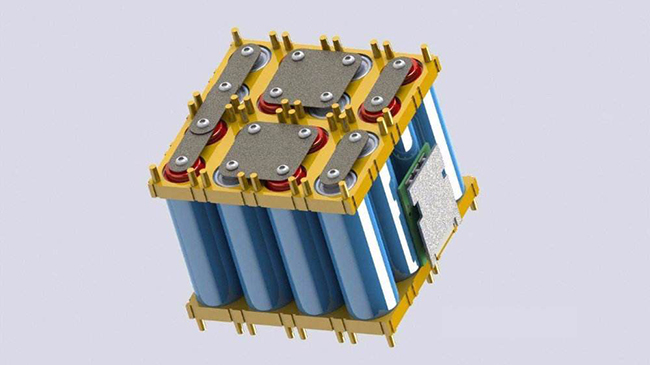Ideal lithium battery anode material
Countries around the world are actively developing new energy industries, and the lithium-ion battery industry is one of them. Lithium-ion batteries have essential advantages such as high capacity, high voltage platform, excellent safety performance, long cycle life, green and pollution-free, etc. So that they are used in portable electronic 3C equipment, pure electric vehicles, ships, space technology, biomedical engineering, logistics, The defense military industry has been widely used in many aspects. The lithium-ion battery has become a research hotspot in the new energy field that has received much attention in the past ten years and for some time to come.
At present, the vigorous development of the new energy vehicle industry has risen to the height of the development strategy of various countries. The development of the new energy vehicle industry is facing substantial historical opportunities; therefore, the necessary anode materials in lithium-ion batteries also have a valuable, bright prospect. As one of the core materials of power batteries for new energy vehicles, harmful electrode materials play a crucial role in the final performance of new energy vehicles. The performance optimization of power lithium-ion batteries needs to rely on innovative breakthroughs in anode material technology, so the research of high-performance anode materials has become one of the most active sectors of current lithium-ion power batteries.

Lithium battery anode materials are currently the most critical link in the lithium-ion battery industry. According to the proportion of lithium-ion battery costs, negative electrode materials account for 25% to 28% of the total cost of lithium batteries. Compared with lithium battery cathode materials, research on anode materials has just begun. The ideal negative electrode material must have at least the following six conditions:
1. The chemical potential is low, and a massive potential difference is formed with the positive electrode material to obtain a high-power battery; it should have a high cycle-specific capacity;
2. Li + should be easy to insert and extract in the negative electrode material, with high Coulomb efficiency, so that a stable charge and discharge voltage can be obtained during the Li + deintercalation process;
3. Have good electronic conductivity and ionic conductivity;
4. Has excellent stability, and has absolute compatibility with electrolytes;
5. The source of materials should be rich in resources, low in price, and simple in the manufacturing process;
6. Safe, green, and pollution-free.
The anode materials that meet the above conditions do not exist at present. Therefore, research on new anode materials with high energy density, excellent safety performance, low price, and readily available materials has become an urgent task. This is also a hot topic in the current lithium battery research field. At this stage, lithium-ion battery anode materials mainly include carbon materials, transition metal oxides, alloy materials, silicon materials, and other silicon-containing materials, lithium-containing transition metal nitrides, and lithium titanate materials.
High quality graphite manufacturer
If you need graphite powder, please feel free to send an email: sales@graphite-corp.com







